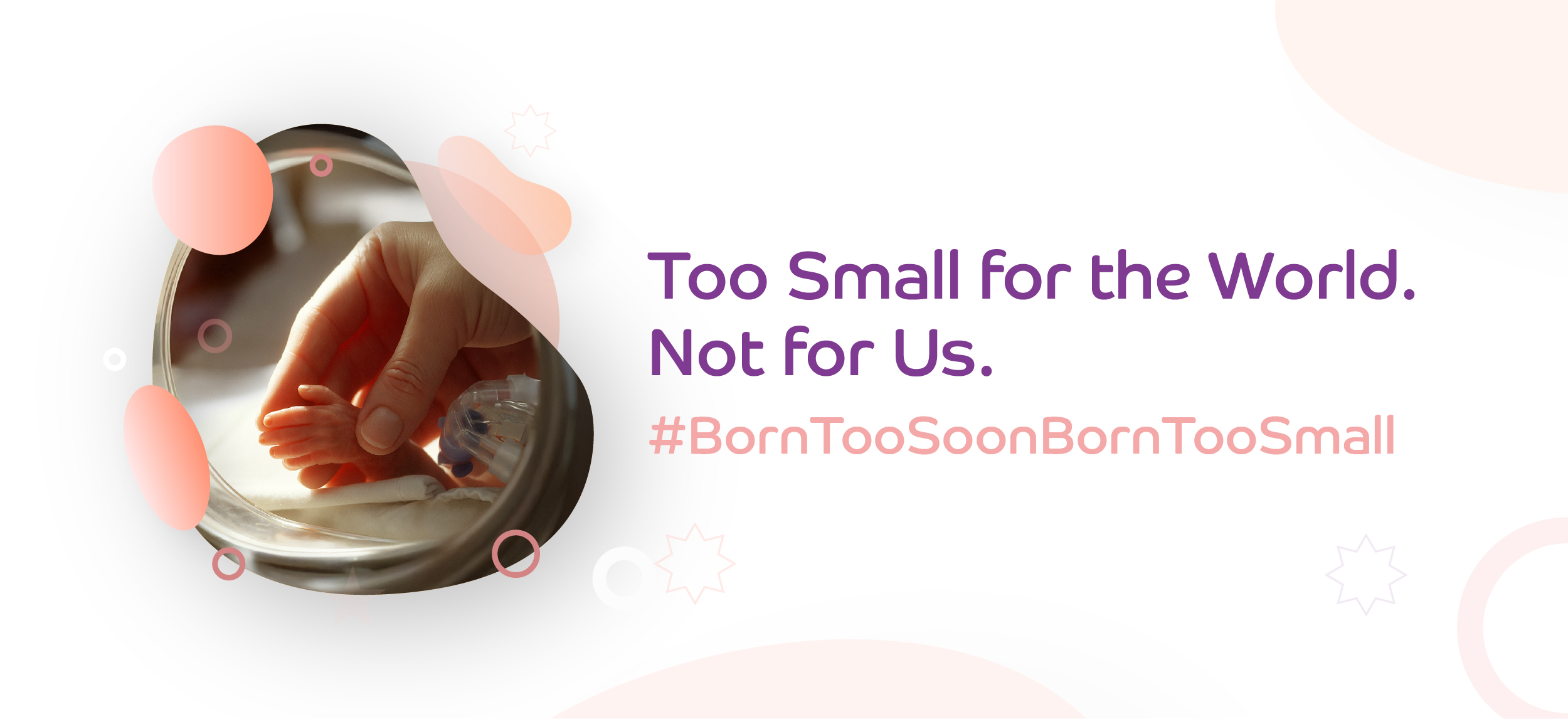Categories
VBAC Delivery: What It Is, Pros, Cons, and Who Can Try
Jul 04, 2025
A Cesarean section (C-section) does not have to dictate how every future birth will happen. Many women are now choosing a VBAC delivery, which means Vaginal Birth After Cesarean. At BirthRight By Rainbow Hospitals, we support mothers who want to explore safe and personalized birthing options. VBAC delivery is not just a path, it's a powerful choice that empowers women with control over their birth experience.
What Is VBAC Delivery?
VBAC delivery refers to the option of giving birth vaginally after having a previous baby through a Caesarean C-section. While C-sections can be lifesaving in emergencies, they are major abdominal surgeries. If there is no medical reason to repeat one, a VBAC can be a safe and rewarding alternative. VBAC is not just a method of delivery. It's a significant emotional and physical milestone for many women. It often symbolizes healing, strength, and the ability to reclaim control over one's birth experience.Why Do Some Women Prefer VBAC Delivery?
Women consider VBAC delivery for many reasons. Some want to avoid another surgery and its related recovery time. Others feel that a vaginal birth will allow them to bond better with their baby or recover faster, so they can care for their older children. Some women want to experience what they missed the first time. VBAC is not about proving something. It is about having the freedom to choose what feels proper, safe, and empowering for your body and your baby.Pros of VBAC Delivery
Shorter Recovery Time: Unlike a C-section, a vaginal birth generally means fewer days in the hospital and a quicker return to your routine. Lower Risk in Future Pregnancies: Women who have multiple cesareans face a higher risk of complications such as placenta previa and uterine rupture in later pregnancies. A successful VBAC can reduce those risks. Less Blood Loss and Lower Infection Risk: Vaginal deliveries usually involve less bleeding and fewer chances of surgical complications. Immediate Skin-to-Skin Bonding: VBAC allows most mothers to hold and feed their baby shortly after birth, encouraging bonding and early breastfeeding.Cons and Risks of VBAC Delivery
As encouraging as VBAC delivery can be, it is essential to know the potential risks. Uterine Rupture: This is a rare but serious complication where the scar from the previous C-section opens up during labour. It happens in less than 1% of VBAC attempts but requires immediate emergency care if it occurs. Emergency C-section: Even if VBAC is planned, it may not always succeed. If the baby shows signs of distress or if labour does not progress well, an urgent C-section may still be necessary. Limited Availability in Some Hospitals: Not all healthcare centres are equipped or willing to support VBAC due to legal or resource constraints. Rainbow Hospitals, however, is among the few with a specialised team trained to handle VBAC safely.Who Can Try VBAC Delivery?
VBAC is not for everyone, and you must speak with your doctor to understand if you are a good candidate. Here are some common factors that support a safe VBAC attempt:- You have had only one prior low-transverse C-section (the most common type).
- There were no complications with your previous surgery or during the current pregnancy.
- Your pelvis appears adequate for vaginal delivery based on medical assessment.
- Your current pregnancy is full-term, with the baby in a head-down position.
- You have no health concerns that could make a vaginal delivery risky, such as placenta previa or specific uterine abnormalities.











